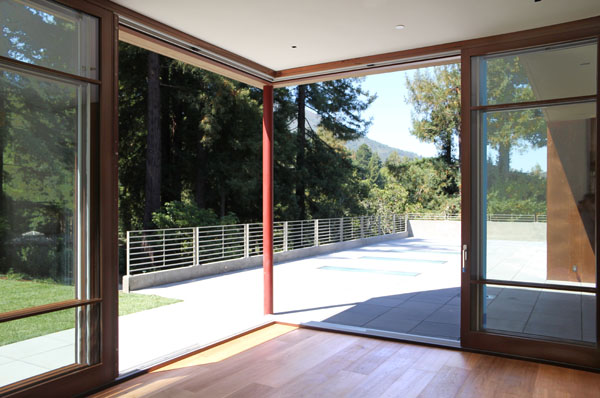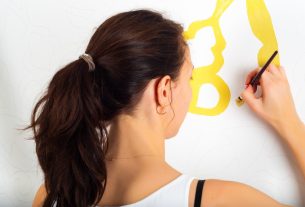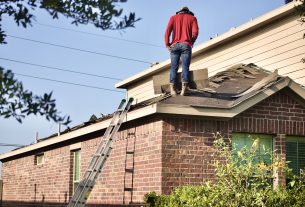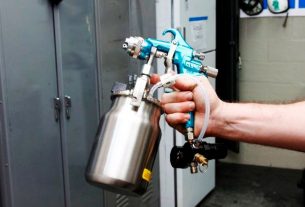The waterproofing of flat roofs is essential, especially if the roof covers an inhabited space. It is, first of all, linked to the support of the roof itself. It is then always in the form of a waterproofing layer, allowing the roof to be used according to the expected performance.
What are flat roofs?
It is essential to review their particularities to understand the waterproofing to be applied. Flat roofs are, in fact, never flat! In reality, there is always a very slight slope, which is compulsory to ensure at least the evacuation of rainwater. However, this shallow slope requires installing a waterproofing system, even if the support materials are waterproof on their own.
Composed of elements (steel troughs, wooden plates) or a single part (concrete slab), they could indeed pose major waterproofing problems if they were left alone: because of cracks that may appear over time or at the joints between the elements or between the roof and the walls.
The porosity of some supports can also cause building disorders if they are not covered.
Supports for flat roofs
There are three main varieties of materials used:
– Flat roofs with concrete slabs have long been the most common. These are the traditional flat roofs of houses or apartment buildings.
– Steel panels can be laid on gentle slopes. They have the advantage of being relatively light in weight once in place and therefore place little stress on the structures that support them.
– Wooden flat roofs are made of wooden plates resting on a wooden or metal frame. They are used, for example, to cover garages and garden sheds.
Waterproofing a flat roof: the importance of the support
If the same problems exist in different contexts, waterproofing will also depend on the use of the roof and its nature.
The support must be load-bearing, weather-resistant, and flat. Undesired differences in level hinder the drainage of rainwater and form stagnant water pockets.
In the case of small roofing elements, panels, the joints must be treated carefully. It must be as watertight, by itself, as the technique allows.
The rainwater drainage system is designed and sized according to the roof surface and the area’s climate where it is to be installed. The gratings, drainage outlets, drainage pipes, and rainwater pipes are selected and installed according to these preliminary calculations. Here too, ensuring efficient drainage protects against the accumulation of water, which is always harmful.
Waterproofing solutions for flat roofs

Depending on whether the terrace is accessible or not, used by pedestrians or vehicles, whether the access is only for maintenance or to make it a living surface outside, the waterproofing chosen will be different.
Some types of waterproofing are single-support, or concrete, for example, while others are multi-support. That is, they can be made up of rolls of waterproof materials assembled hot or cold, metal coatings, liquid waterproofing, one-piece membranes, systems to be fixed by gluing or mechanical fastening, or even a mix of some of these techniques.
It will therefore be necessary to choose it precisely according to these different criteria. The insulation chosen is also important; it may be on or under the waterproofing, depending on the products and techniques.
The waterproofing of flat roofs remains a task for specialists. We advise you to call in a professional; the guarantee that he will offer you in the long term will largely compensate for the extra cost compared to a DIY project. However, it is possible to waterproof a small area on your own, especially with the liquid waterproofing kits
Price of waterproofing a flat roof
It is impossible to give an accurate estimate, as there are so many solutions, depending on the roof’s context, supports, surfaces, and uses. Count from $30 to $100 per m² (excluding VAT) installed by a professional.



